
"CHANDI DI VAAR - Ballad of Chandi, written by Guru Gobind Singh Sahib...the theme of this ballad is war between good and evil. The Sikh warriors used to listen to this Vaar during the days of battle. Chandi Di Vaar has been written in central Punjabi language. It is replete with powerful, brilliant and articulate similes."
- Harjinder Singh Dilgeer (The Sikh Reference Book, 1997)
"CHAUPAI - Literally means a verse or composition of four lines in a specific meter. It is a composition of Guru Gobind Singh Sahib. The main theme of this hymn is to invoke the Almighty to seek his Grance and Blessings for protection in every spehere of life."
- Harjinder Singh Dilgeer (The Sikh Reference Book, 1997)
Dasam Granth Overview
The Dasam Granth contains 1428 pages and is the collection of the writings of the 10th Patshah, Sri Guru Gobind Singh Ji. It contains his Jaap Sahib, the Akal Ustat or praise of the Creator, the Vachitar Natak or Wonderful Drama, in which the Guru gives an account of his parentage, his divine mission, and the battles in which he had been engaged.
Then come three abridged translations of the Devi Mahatamya, an episode in the Markandeya Puran, Chandi Chritras: Chandi Chritra I, Chandi Chritra II, Chandi di Var.
Then follow the Gyan Parbodh, or awakening of knowledge; Chobis Avatar - accounts of twenty-four incarnations of the Vishnu, according to the Hindus, and Brahmaavatar and Rudaravtar, selected because of their warlike character; the Shabad Hazare; quatrains called Sawaiyas, which are religious hymns in praise of God and reprobation of idolatry and hypocrisy; the Khalsa Mahima, or words in praise of the Khalsa; the Shastar Nam Mala, a list of offensive and defensive weapons used in the Guru's time, with special reference to the attributes of the Creator; the Tria Charitar, or tales illustrating the qualities, but principally the deceit of women; the Kabiovach Bainti Chaupai will "absolve the suffering, pain or fear of the person, who will even once recite this Bani"; the Zafarnama, containing the tenth Guru's epistle to the emporor Aurangzeb; and Hikayats, several metrical tales in the Persian language.
The Dasam Granth is said to have been compiled by Bhai Mani Singh Ji, a companion and disciple of the Guru, after the tenth Guru's death. It is understood that Bhai Mani Singh spent nine years at this task, by getting copies from other disciples and filling in some of the gaps by memory.
There are many compilations in existence and many are still being discovered. There are three 'main' well known editions: One edition said to have been written by Bhai Mani Singh in his own hand (in the possesion of Gulab Singh Sethi of New Delhi); and the volumes at the Gurdwaras at Patna and Sangrur. The current version in circulation, closely follows the edition ascribed to Bhai Mani Singh.
Contents
The Contents of the Dasam Granth are:
Jaap (meditation)
Akal Ustat (praises of God)
Bachitar Natak (autobiography of the Guru)
Chandi Charitar I & II
Chandi di Var
Gian Prabodh (the awakening of knowledge)
Chaubis Avtar (24 incarnations of Vishnu)
Brahm Avtar (incarnation of Brahma)
Rudar Avtar (incarnation of Shiv)
Shabad Hazare (ten shabads)
Swayyae (33 stanzas)
Khalsa Mehma (the praises of the Khalsa)
Shaster Nam Mala ( a list of weapons)
Triya Charitar (the character of women)
Zafarnama (epistle of victory, a letter written to Emperor Aurangzeb)
Hikayats (stories)
Language and Literary Quality
The Dasam Granth is all rhymed poetry. It was designed to be heard, so there is considerable repition, and a variety of meteres to hold the attention. The language of most of the Dasam Granth is largely Braj veering towards Sanskrit at one extreme and simple colloquial Hindi at the other. The Braj dialect is a variety of medieval Hindi with a mixture of Sanskrit, Persiona, and Arabic words. The Zafarnama and the Hikayats are in Persian using Gurmukhi characters and several passages in other works are in Punjabi. The 'author(s)' not only used this melange of languages but also coined words half Arabic half Sanskrit (and sometimes words without any meaning just to create a musical effect). Some of this kind of writing has great power and beauty.
Most of the poetry of the Dasam Granth is hardly intelligible to the modern Punjabi reader without the aid of a commentary. Experts tell us that the Guru's poetry is of the highest order:
From A Short History of the Sikhs, Ganda Singh & Teja Singh:
"In Hindi he developed a style, which for martial cadence, variety of form and richness of imagination...has remained unsurpassed since his times. In lines ranging from monosyllabic verse to long and multiplied swayyas and kabits, we seem to hear the torrential flow of hill streams or the galloping sweep of calvary on the march. His intellect quivers in emotion and breaks out against superstition and hypocrisy into humour, irony or banter. His emotion...is raised to the highest pitch of ecstasy when he communes with God."
From Sikhan de Raj di Vithya (History of the Sikh Rule):
"This Granth is very difficult, and is composed in the Hindi dialect in several kinds of verses. In it there is the teaching of several of the Shastars, the rules of warfare, the wiles and tricks of women, and some information on worship and religious knowledge. From that it is evident that Gobind Singh was very clever in writing poetry."
The descriptions of scenes of battle are couched in extremely vigorous staccato rhyme often reduced to lines of one word each. The battles waged by Chandi and the Guru's encounters with the hill chiefs at Bhangani and Nadaun are among the most stirring that exist.
From 1892 to 1897, eminent scholars assembled at Akal Takht, Amritsar, to study the various printed Dasam Granths and prepare the authoritative version. They consulted as many as 32 editions before preparing the version that is currently in circulation. Among these scholars were Bhai Manna Singh Hakim, Bhai Narain Singh, Bhai Thakur Singh, Bhai Sant Singh (son of Giani Gian Singh), Bhai Bishan Singh, Sant Gopal Das Udasi and Mahant Amir Singh. In this process, they determined that the Dasam Granth is entirely the work of Guru Gobind Singh.
Further reexaminations and reviews took place in 1931, under the ageis of The Darbar Sahib Committee of the Shiromani Gurdwara Prabandhak Committee. It vindicated the earlier conclusions and published its findings in a book.
(Courtesy : SikhiWiki - The Sikhi Wikipedia)


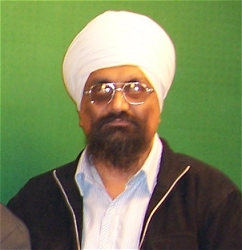
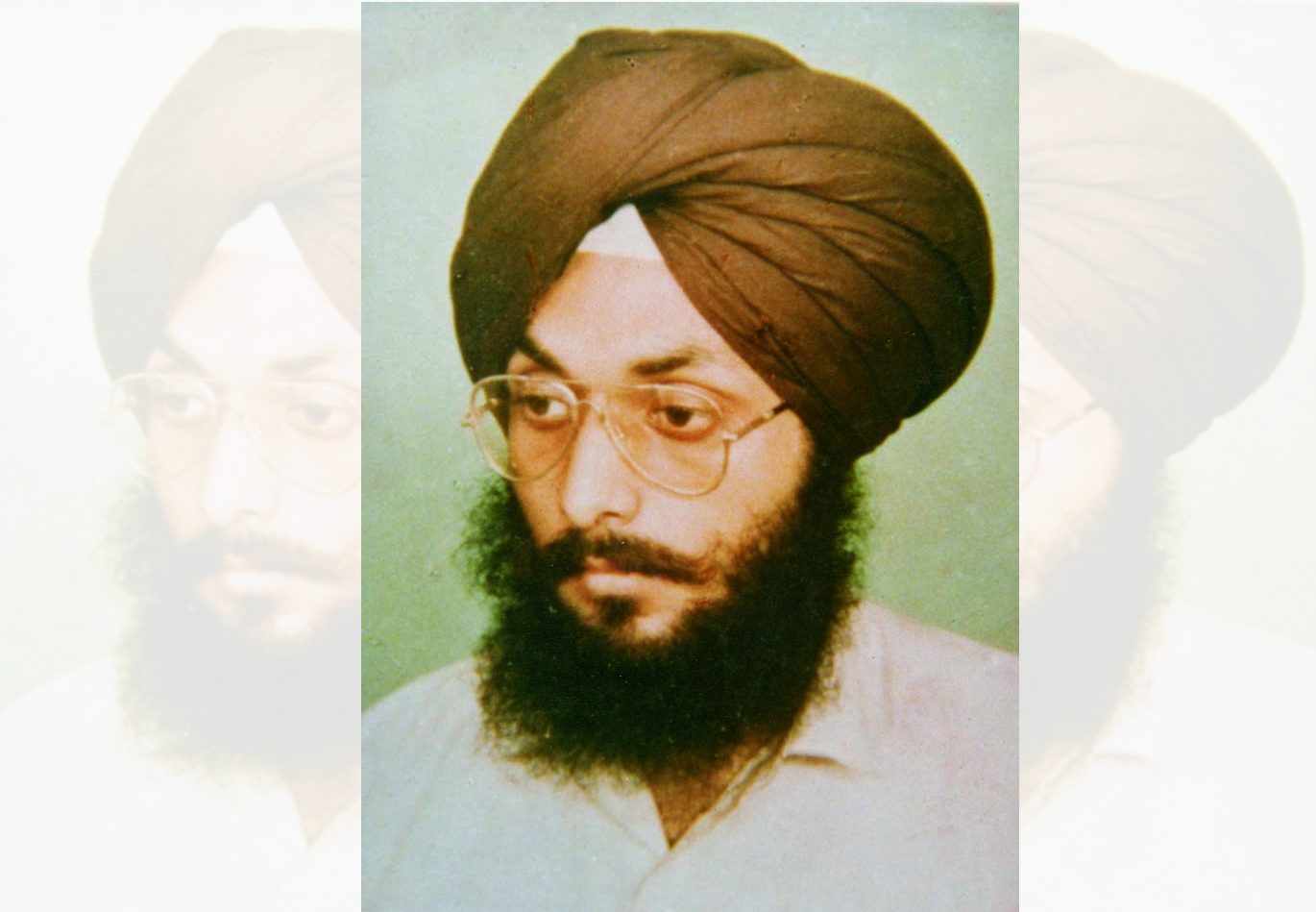

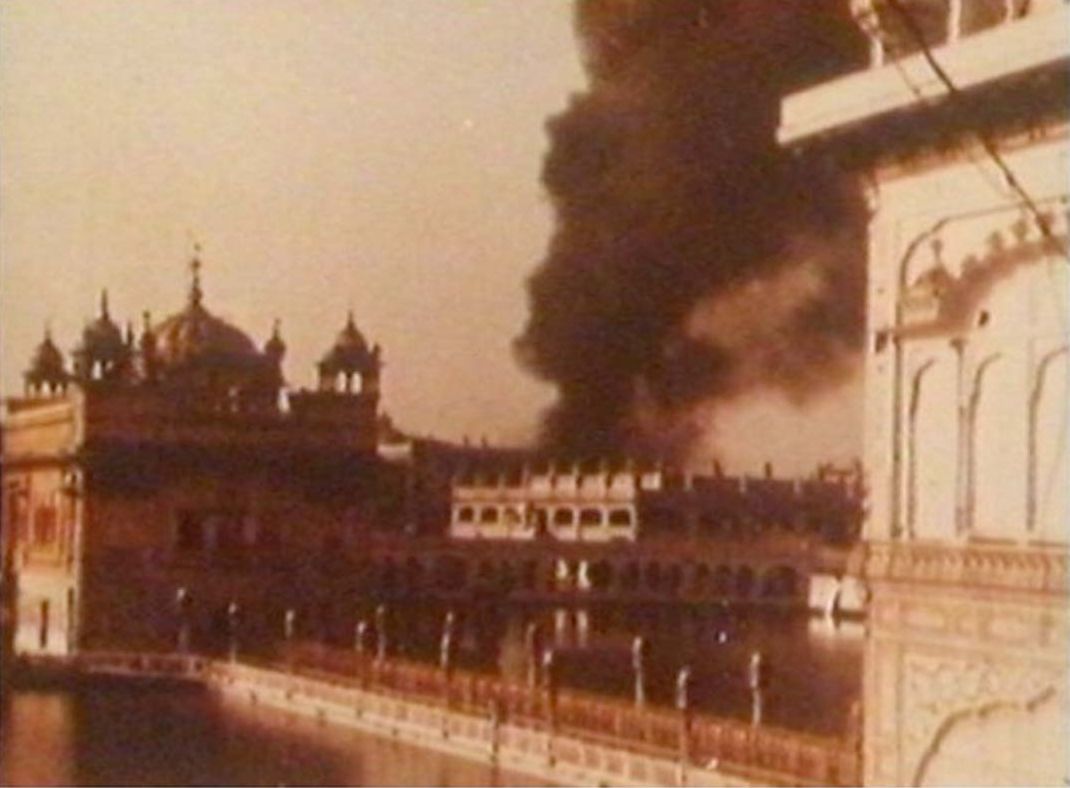
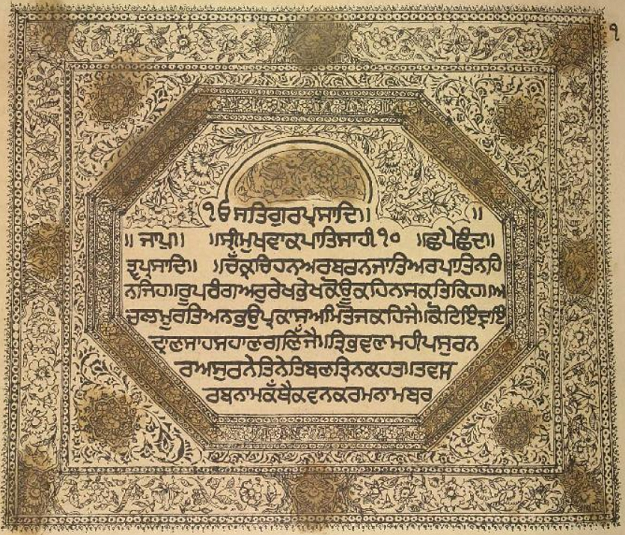
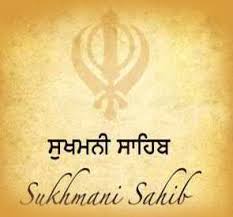
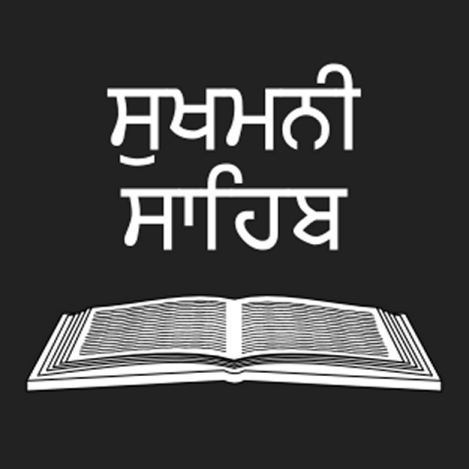
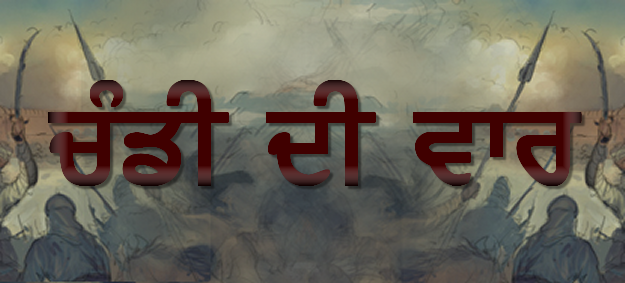
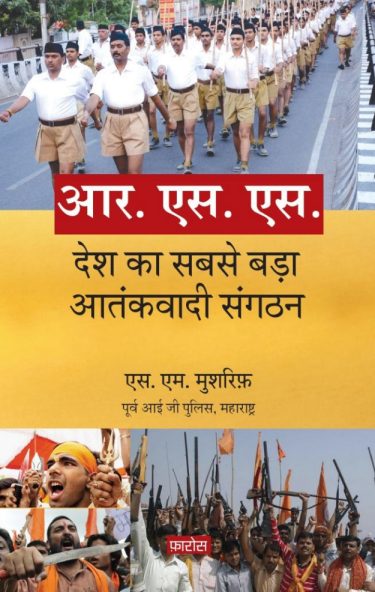
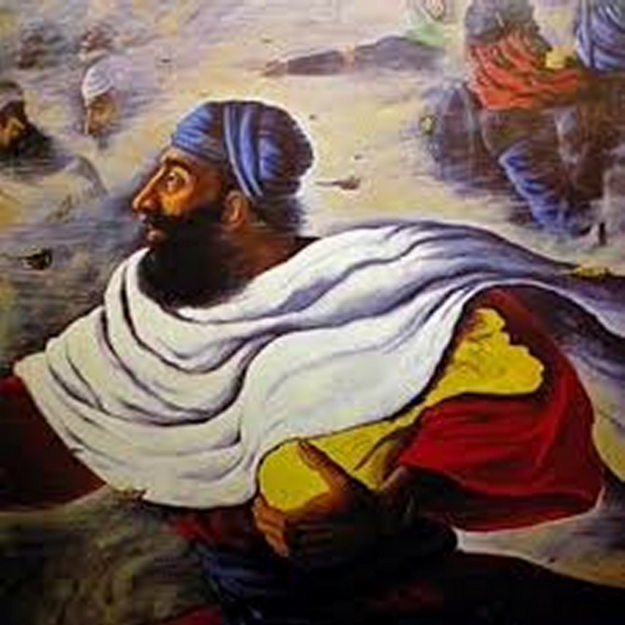
There should be open discussion about DASAM GRANTH. Pathic.org should not present a biased view, but should show both sides of coin.
If DASAM GRANTH is to taken as creation of Guru Gobind Singh Ji, then what about TRIYA CHRITRA? Guru Nanak gave women and men equal status, but TRIYA CHRITRA is opposite to that philosphy.
There are plenty of sites on the net representing the anti-Dasam Bani view, you can visit them to read their vewipoint.
Why should Panthic.org promote any anti-Sikhi viewpoints on their site?
One question to ponder upon is : Why is the anti-Dasam Granth lobby so obsessed with "TRIYA CHRITRA" ?
Last time I checked, Dasam Granth started with Jaap Sahib. Have they ever read it?
Should it be implied from Nimmana Singh's email that now TRIYA CHRITAR katha will be performed in Gurdwara Sahibs?
I am not against anything, but I recommend a open debate of scholars. I am not a authority on this subject and all discussion should be in the light of SGGS.
TRIYA CHRITAR can not be a creation of Guru Gobind Singh Ji. Therefore, whole Granth should not be seen as creation of Guru, but selected banis such as Jaap Sahib can be regarded as Guru Sahib's creation as it does not contradict with SGGS.
The main point is, Guru Gobind Singh Ji himself gave appointed SGGS ji as next Guru. Therefore, no other pothy (granth) can be given same status.
Would like to have chandi ki vaar cd with aarth.
thank you
It can be written about krodh, lobh ,moh, ahankar but not about kaam unless you are not ready to read it or a sant , you will only see filth not the morals behind Charitrapakhyon.. that is why the Charitrapakhyon bani comes at the end. First read Guru Granth Sahib ji, then Jaap Sahib, then renoucne the rituals as in Akaal Ustat and in the last will come Charitrapakhyon.
Good luck